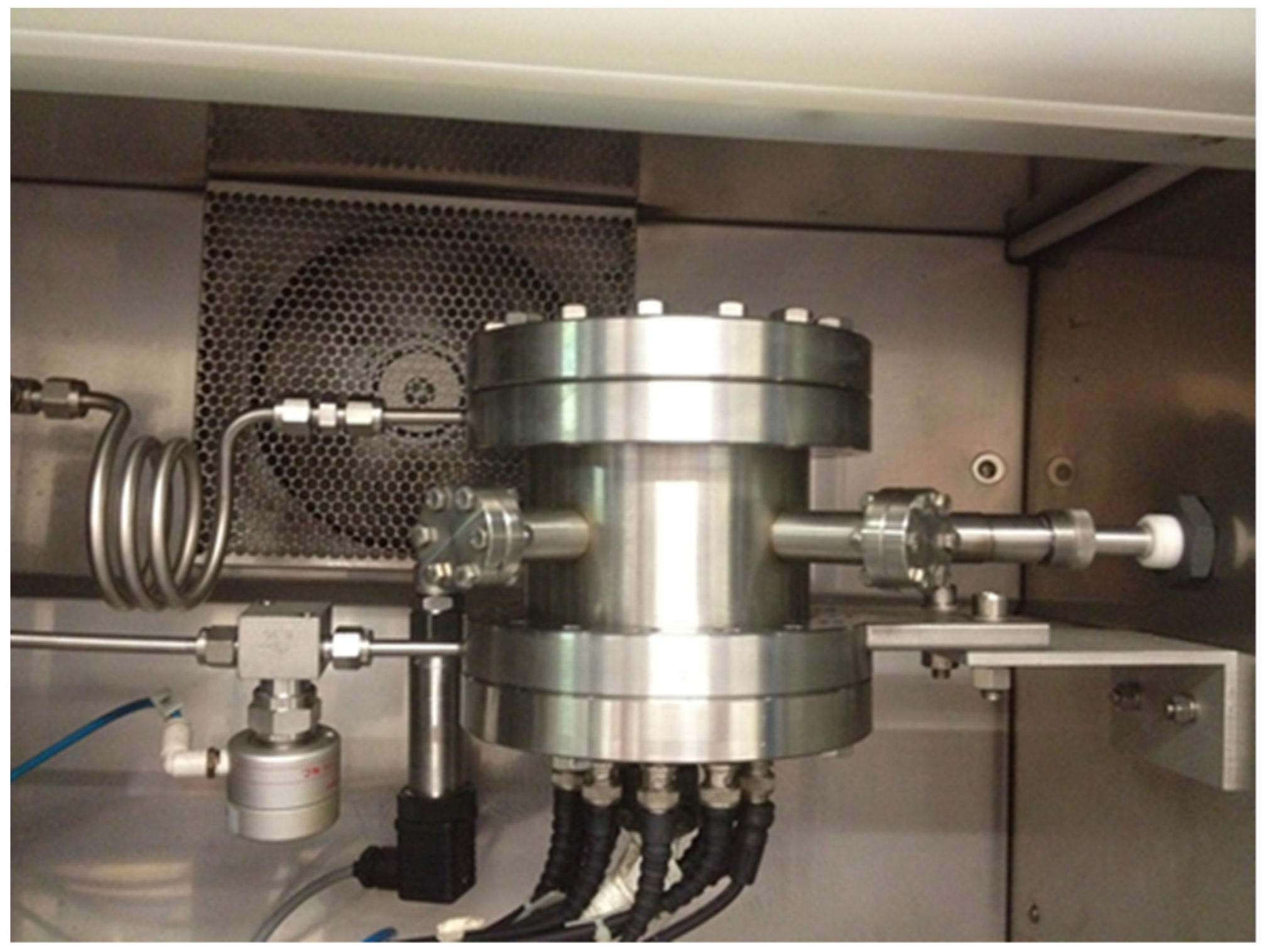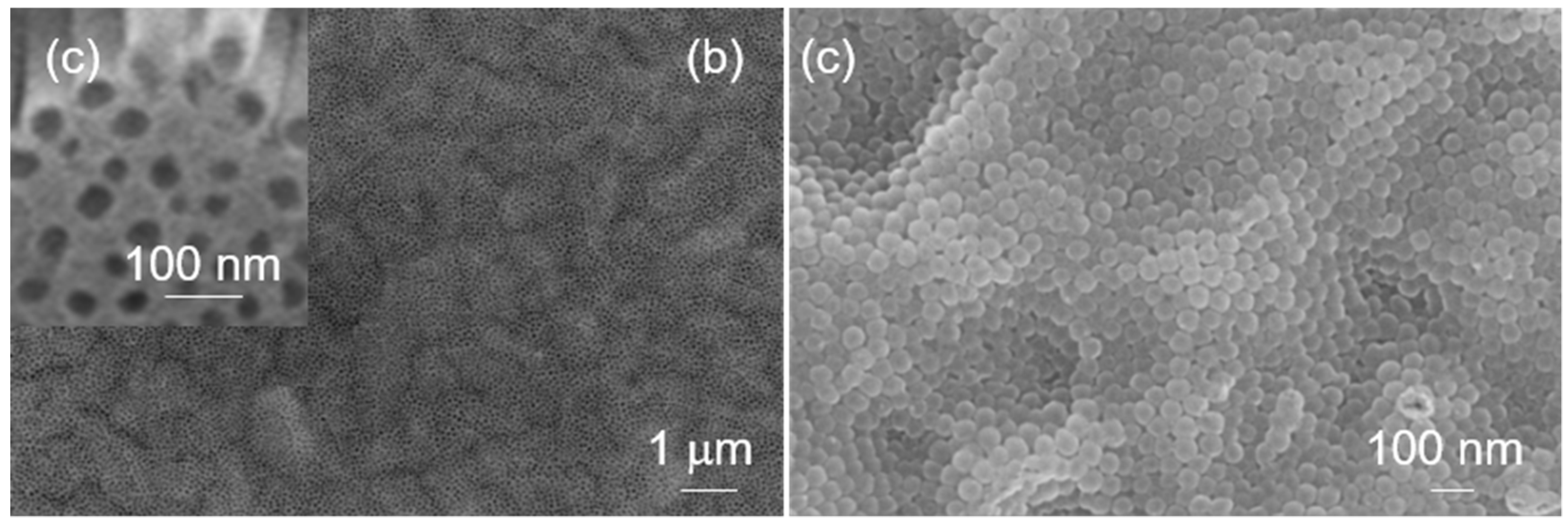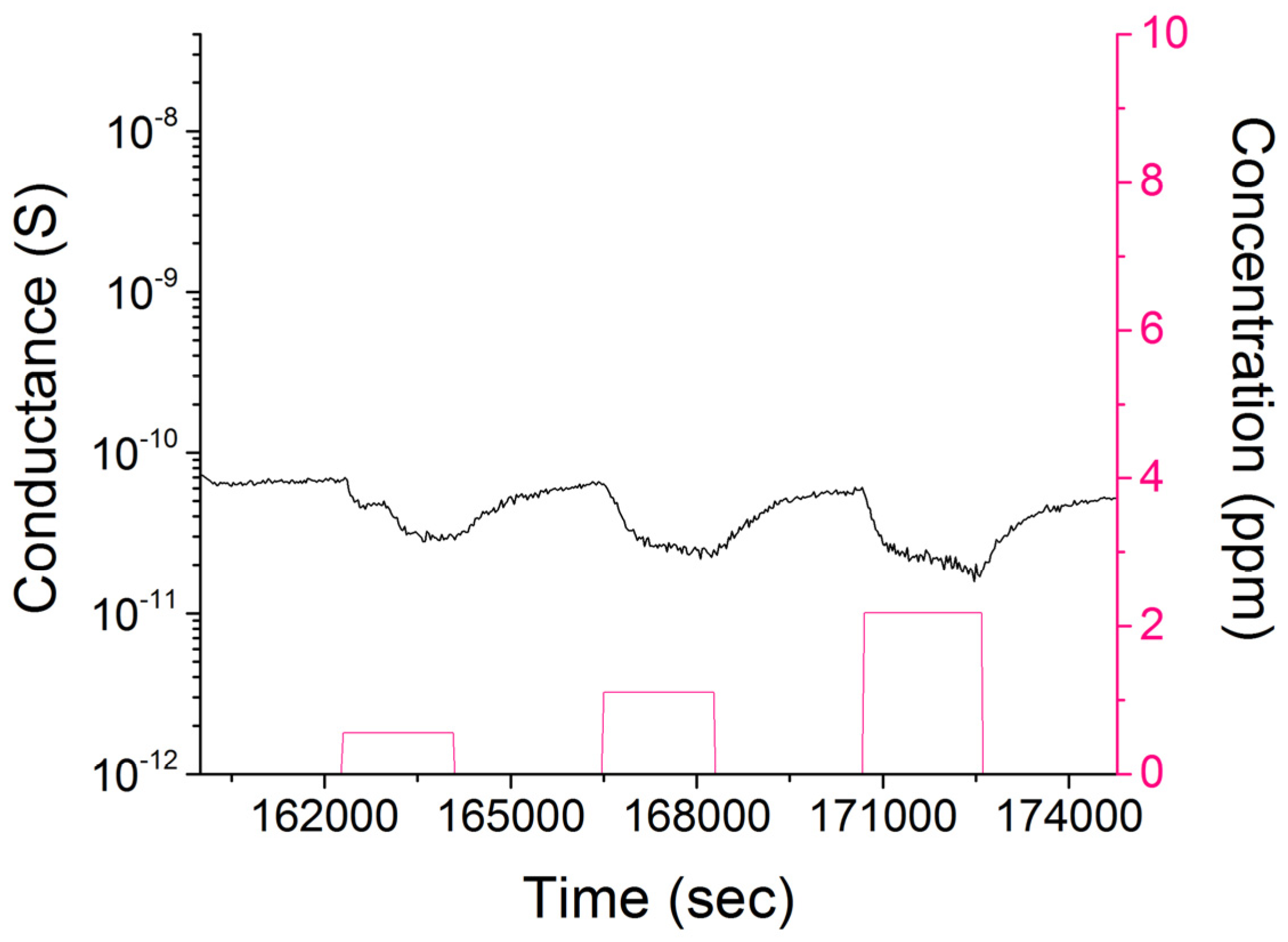Hierarchically Assembled Titania Based Nanostructures: Innovative and Efficient Strategies for the Synthesis and the Improvement of Sensing Properties †
Abstract
:1. Introduction
2. Experimental
3. Results and Discussions
4. Conclusions
Acknowledgments
Conflicts of Interest
References
- Gorguner, M.; Akgun, M. Acute Inhalation Injury. Eurasian J. Med. 2010, 42, 28–35. [Google Scholar] [CrossRef] [PubMed]
- Galstyan, V.; Comini, E.; Ponzoni, A.; Sberveglieri, V.; Sberveglieri, G. ZnO quasi-1D nanostructures: Synthesis, modeling, and properties for applications in conductometric chemical sensors. Chemosensors 2016, 4, 6. [Google Scholar] [CrossRef]
- Galstyan, V.; Comini, E.; Faglia, G.; Sberveglieri, G. TiO2 Nanotubes: Recent advances in synthesis and gas sensing properties. Sensors 2013, 13, 14813–14838. [Google Scholar] [CrossRef] [PubMed]
- Spencer, M.J.S. Gas sensing applications of 1d-nanostructured zinc oxide: Insights from density functional theory calculations. Prog. Mater. Sci. 2012, 57, 437–486. [Google Scholar] [CrossRef]
- Yamazoe, N.; Shimanoe, K. Theory of power laws for semiconductor gas sensors. Sens. Actuator B Chem. 2008, 128, 566–573. [Google Scholar] [CrossRef]
- Galstyan, V.; Comini, E.; Faglia, G.; Vomiero, A.; Borgese, L.; Bontempi, E.; Sberveglieri, G. Fabrication and investigation of gas sensing properties of Nb-doped TiO2 nanotubular arrays. Nanotechnology 2012, 23, 235706. [Google Scholar] [CrossRef] [PubMed]



Publisher’s Note: MDPI stays neutral with regard to jurisdictional claims in published maps and institutional affiliations. |
© 2017 by the authors. Licensee MDPI, Basel, Switzerland. This article is an open access article distributed under the terms and conditions of the Creative Commons Attribution (CC BY) license (https://creativecommons.org/licenses/by/4.0/).
Share and Cite
Galstyan, V.; Ponzoni, A.; Kholmanov, I.; Comini, E.; Sberveglieri, V.; Poli, N.; Sberveglieri, G. Hierarchically Assembled Titania Based Nanostructures: Innovative and Efficient Strategies for the Synthesis and the Improvement of Sensing Properties. Proceedings 2017, 1, 293. https://doi.org/10.3390/proceedings1040293
Galstyan V, Ponzoni A, Kholmanov I, Comini E, Sberveglieri V, Poli N, Sberveglieri G. Hierarchically Assembled Titania Based Nanostructures: Innovative and Efficient Strategies for the Synthesis and the Improvement of Sensing Properties. Proceedings. 2017; 1(4):293. https://doi.org/10.3390/proceedings1040293
Chicago/Turabian StyleGalstyan, Vardan, Andrea Ponzoni, Iskandar Kholmanov, Elisabetta Comini, Veronica Sberveglieri, Nicola Poli, and Giorgio Sberveglieri. 2017. "Hierarchically Assembled Titania Based Nanostructures: Innovative and Efficient Strategies for the Synthesis and the Improvement of Sensing Properties" Proceedings 1, no. 4: 293. https://doi.org/10.3390/proceedings1040293
APA StyleGalstyan, V., Ponzoni, A., Kholmanov, I., Comini, E., Sberveglieri, V., Poli, N., & Sberveglieri, G. (2017). Hierarchically Assembled Titania Based Nanostructures: Innovative and Efficient Strategies for the Synthesis and the Improvement of Sensing Properties. Proceedings, 1(4), 293. https://doi.org/10.3390/proceedings1040293








